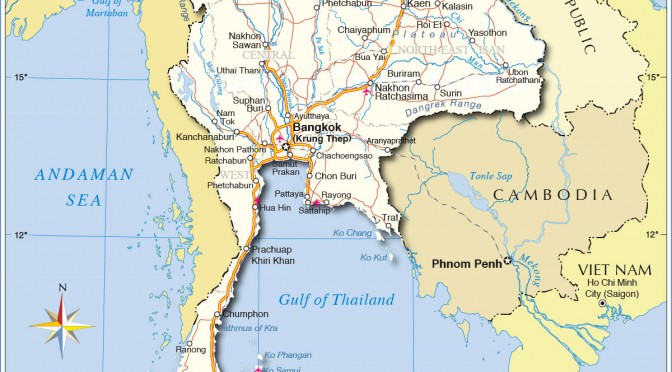Thailand’s energy market is undergoing a significant transformation, driven by the need to diversify its energy sources, reduce dependence on fossil fuels, and meet the growing demand for electricity. In this context, offshore wind power has emerged as a promising renewable energy source that could help the country achieve its energy goals and contribute to a more sustainable future.
The potential of offshore wind power in Thailand is vast, thanks to the country’s extensive coastline and favorable wind conditions. According to a study by the Electricity Generating Authority of Thailand (EGAT), the country has the potential to generate up to 13 gigawatts (GW) of electricity from offshore wind power, which would be enough to meet around 10% of the country’s projected electricity demand by 2037. This potential has not gone unnoticed by the Thai government, which has set ambitious targets for the development of renewable energy sources, including offshore wind power.
In its Alternative Energy Development Plan (AEDP) 2015-2036, the Thai government aims to increase the share of renewable energy in the country’s total energy consumption to 30% by 2036. Offshore wind power is expected to play a crucial role in achieving this target, with a planned capacity of 3 GW by 2037. To facilitate the development of offshore wind power projects, the government has also introduced a series of incentives and support mechanisms, such as feed-in tariffs, tax exemptions, and low-interest loans.
In recent years, several offshore wind power projects have been proposed in Thailand, indicating a growing interest in this renewable energy source among both local and international investors. One of the most significant projects is the 260 MW Hanuman Wind Power Project, which is being developed by a consortium of Thai and international companies, including Gunkul Engineering, RATCH Group, and Envision Energy. The project, which is expected to be completed by 2023, will be located in the Gulf of Thailand and will consist of 65 wind turbines with a capacity of 4 MW each.
Another notable project is the 600 MW Chaiyaphum Wind Farm, which is being developed by a joint venture between Thailand’s Wind Energy Holding and China’s Three Gorges Corporation. The project, which is expected to be completed by 2025, will be located in the northeastern province of Chaiyaphum and will consist of 200 wind turbines with a capacity of 3 MW each.
The development of offshore wind power in Thailand is not without challenges, however. One of the main obstacles is the high upfront cost of offshore wind power projects, which can be significantly higher than those of onshore wind power or solar power projects. This is due to the need for specialized equipment, such as floating platforms and underwater cables, as well as the complex installation and maintenance processes involved.
Another challenge is the potential impact of offshore wind power projects on the local environment and communities, particularly in terms of noise pollution, visual impact, and effects on marine ecosystems. To address these concerns, the Thai government has established strict environmental and social impact assessment requirements for offshore wind power projects, which must be met before any project can proceed.
Despite these challenges, the emergence of offshore wind power in Thailand’s energy market represents a significant opportunity for the country to diversify its energy sources, reduce its dependence on fossil fuels, and contribute to global efforts to combat climate change. With the right policies and support mechanisms in place, offshore wind power could become a key pillar of Thailand’s renewable energy future, helping the country transition towards a more sustainable and resilient energy system.


